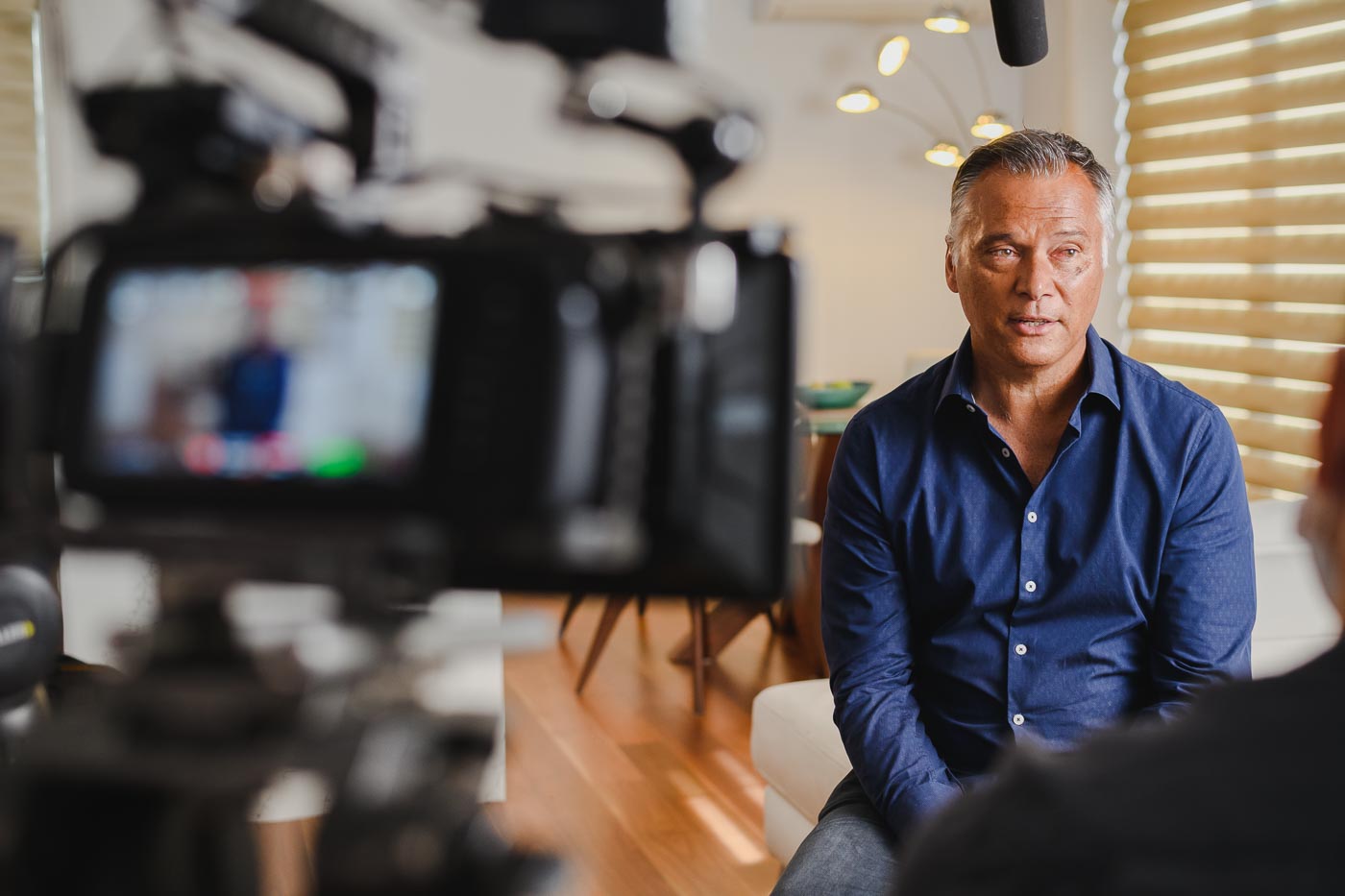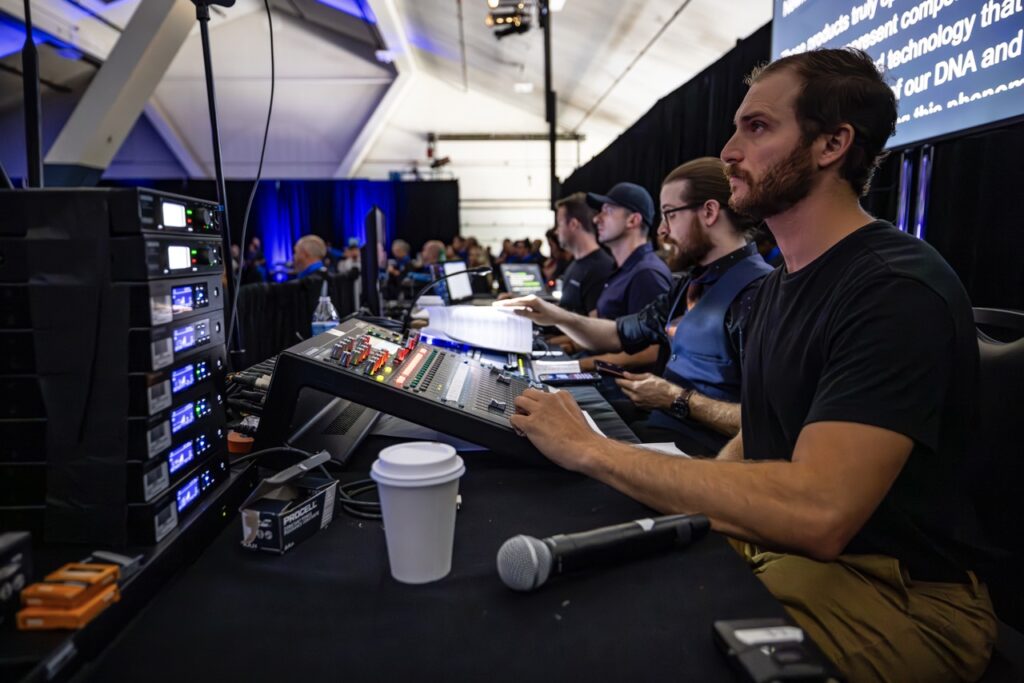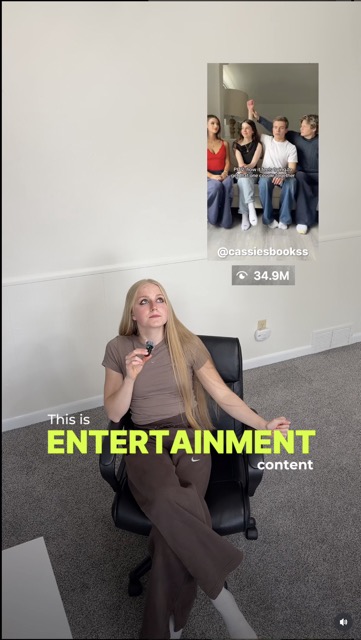The effectiveness of your corporate videos often depends heavily on the quality of the interview questions you ask. While great questions lead to authentic responses and compelling storytelling, poorly worded or unfocused ones can result in uninspiring, disconnected footage.
If you’re a marketer, communications specialist, or brand manager, you’re likely under pressure to deliver business video content that truly engages. Fortunately, this concise guide will walk you through how to craft interview questions that resonate with your audience. As a result, your corporate videos will be more powerful, purposeful, and persuasive.
Step 1: Define the Purpose of Your Corporate Video Production
Before writing interview questions, it’s essential to first pinpoint exactly what your corporate video needs to achieve. This initial clarity will serve as a roadmap for the rest of your video production process.
To begin with, ask yourself:
- What’s the main message? Clearly define the core idea your company video must communicate.
- Who is the audience? Tailor your questions to the specific needs, concerns, and interests of your target viewers.
- What’s the ideal tone? Decide whether you want responses to feel conversational, authoritative, inspiring, or persuasive.
Once these elements are defined, your interview questions will naturally stay focused, relevant, and aligned with your video marketing goals. In turn, this sets the foundation for a more impactful and engaging corporate video project.
Step 2: Structure Interview Questions for Corporate Video Storytelling
After establishing your goals, it’s time to bring structure to your interview. A well-organized approach transforms raw responses into a compelling story arc that viewers can follow with ease.
To achieve this in your brand video production, consider using the following narrative framework:
1. Introduce the Interviewee:
- “Can you briefly introduce yourself and your role at the company?”
2. Present the Problem:
- “What specific challenge were you facing before implementing this solution?”
- “How did this challenge impact your team or the wider business?”
3. Highlight the Solution:
- “Why did you choose this particular solution or service?”
- “Can you describe your experience during implementation?”
4. Showcase the Results:
- “What tangible improvements or results have you seen since then?”
- “Could you share specific examples or metrics that demonstrate success?”
5. Close with Advice or Insight:
- “What advice would you give to someone considering this solution?”
As you can see, this storytelling format helps transform interviews into emotionally resonant narratives that enhance the overall quality of your corporate video content.
Step 3: Write Clear, Engaging Questions for Corporate Video Interviews
Now that your structure is in place, it’s time to craft the actual interview questions. Great questions lead to meaningful stories and authentic responses, both of which are essential in producing effective company videos.
Keep These Best Practices in Mind corporate videos:
- Ask open-ended questions
Avoid yes/no queries. For example, instead of asking “Did the product meet your expectations?” ask:
“How has the product impacted your day-to-day operations?” - Avoid leading questions
Instead of “How much do you love our product?” go with:
“What changes have you noticed since adopting our product?” - Encourage specific examples
Questions like “Can you share a moment when you realised the solution was making a difference?” prompt detailed and relatable stories—perfect for brand storytelling videos. - Prepare follow-up questions
When an answer lacks depth, prompt further insight with:
“Could you elaborate on that?” or “Can you give a concrete example?”
Ultimately, your goal is to create space for natural, insightful responses that can be edited into a powerful and polished corporate videos.
Step 4: Ensure Answers Make Sense Without the Questions in Corporate Videos
In most corporate video interviews, the interviewer’s voice is edited out. As a result, it’s crucial that responses are complete and understandable on their own.
Consider the following example corporate videos:
Instead of a short response like:
Q: “How has this product improved your company?”
A: “Productivity.”
Encourage a more complete answer like:
“The product has improved our company by significantly boosting productivity.”
Or, with more context for better storytelling:
“Before implementing the new system, our biggest challenge was workflow inefficiency. Since adopting it, we’ve seen much better efficiency across the entire team.”
By prompting interviewees to restate the question in their answers, you’ll produce soundbites that feel polished, informative, and ready for use in your marketing videos.
Step 5: Review and Refine Questions Before Your Shoot
Before hitting record, take time to review your interview questions thoroughly. This simple step can significantly improve the outcome of your corporate video production.
Ask yourself:
- Do the questions align with the main objective of your corporate video campaign?
- Are they clear, jargon-free, and easy to answer?
- Will they naturally lead to story-driven, useful responses?
- Are they concise enough to avoid overwhelming the interviewee?
In doing so, you’ll ensure a smoother shoot, save time in post-production, and deliver a final company video that feels cohesive and professional.
Conclusion: Strong Interview Questions Drive Stronger Corporate Videos
In summary, writing effective interview questions is a crucial part of producing high-quality corporate videos. It’s not just about what you ask—it’s about how those questions support your brand’s messaging, your target audience, and your production goals.
By following these steps—defining your purpose, structuring your narrative, crafting open-ended prompts, ensuring clarity, and refining before filming—you’ll create business video content that informs, connects, and converts.
Want to See This in Action corporate videos?
To see how this approach works in real life, check out our recent corporate video project for Afterpay. In this case study, we demonstrate how thoughtful interview design and storytelling structure led to an engaging, results-driven video.





